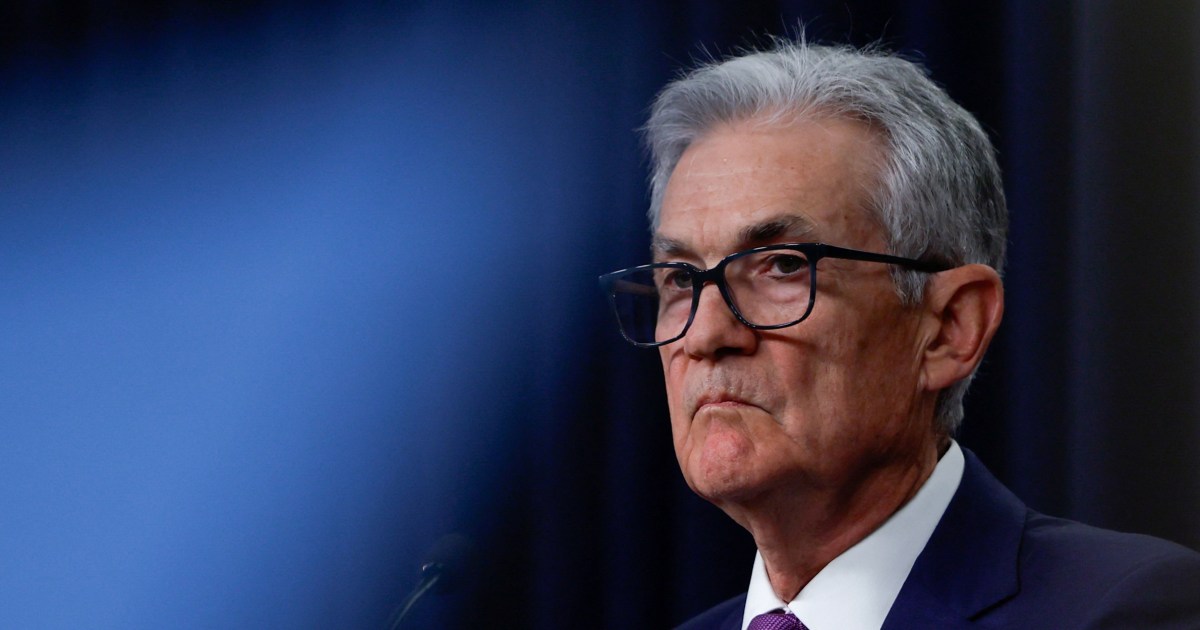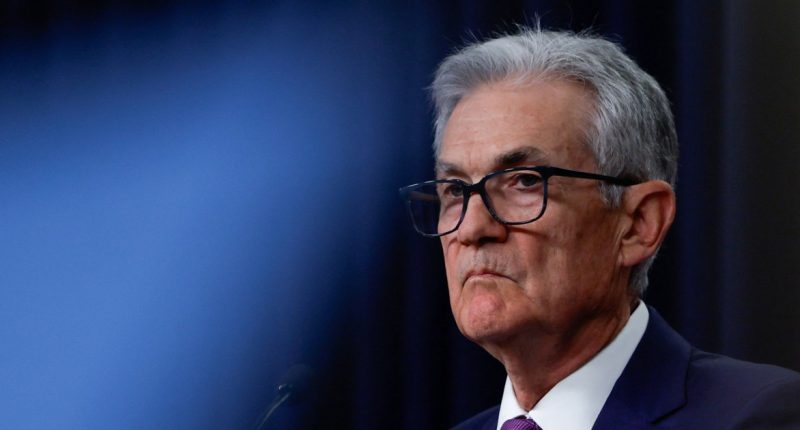
The Federal Reserve is widely expected to keep its key federal funds interest rate unchanged at about 5.5% this week, as it continues to fight persistent inflation in the economy.
That rate has been in place since last July, and has led to a surge in the cost of borrowing.
The Fed’s actions are part of a long-standing monetary practice, with a simple goal. By making it more expensive to borrow money, whether through loans, credit cards, or other financial tools, people and businesses will spend less and inflation will fall to a desirable level — in this case, 2%.
But over essentially the same period, the pace of price increases as measured by the Consumer Price Index has stalled at a little more than 3% on an annual basis, sparking concerns that the central bank will have to keep rates higher for longer.
Many economic observers believe the soonest the Fed could now begin cutting interest rates is at its June meeting, with two additional rate cuts before the end of this year, depending on whether the inflation rate remains above the Fed’s official 2% target.
Where is that ongoing inflation coming from?
Much of it has been in measurements for the cost of shelter, which take into account two different categories: the cost to rent a place, and how much rent a homeowner could collect from their own residence if they were renting it out.
Many analysts say those costs are likely to start coming down, thanks to building booms in cities that saw high levels of post-pandemic population growth — especially in Sun Belt cities like Austin and Atlanta.
But housing costs have so far defied expectations for a quicker decline. Part of the reason for that is a nationwide housing shortage alongside a home-affordability crisis due to higher mortgage interest rates. All of those things have made renting the only viable option for a large share of the U.S. population.
And yet, more Americans are still able to come up with rent each month, because their employment has remained relatively stable. The unemployment rate has lingered below 4% for the longest period since the 1960s.
For the Fed, the question is whether it can keep pressure on price growth by leaving interest rates higher without causing unemployment to snowball and sparking a recession.
Analysts at Bankrate believe inflation remains even more entrenched than it might seem — and that as a result, the Fed will only be able to make two interest-rate cuts this year as it aims for its 2% goal.
As of February, inflation was at 3.2%.
“There’s a feeling that the last mile might be more difficult for the Fed,” said Bankrate senior policy analyst Ted Rossman.
The Fed does have two key factors in its favor that economists say are likely to keep inflation relatively subdued.
One is booming labor productivity, meaning American workers are producing more of a given good or service more efficiently. The upshot of greater productivity is that the economy can absorb higher wage costs without a simultaneous increase in inflation, since supply is going up, too.
“It’s a Goldilocks situation,” said Roger Aliaga-Diaz, chief economist for the Americas at Vanguard financial group. “The question is how long it can last.”
Meanwhile, a surge in immigration, while a hot topic politically, has also been seen by some economists as a boon for slowing down inflation, since it increases the supply of workers and puts downward pressure on wage growth.
“More people entering the country expands supply and demand,” said Matthew Bush, managing director for macroeconomic and investment research at Guggenheim Partners. He said immigrants have a higher tendency to be in the labor force. As a result, “the expanding supply-pool of available workers is greater than increased demand for more workers,” he said. “That increases economic growth, and you have a greater capacity to produce new goods and services.”
Sentiment about the state of the economy remains polarized on the political spectrum, with most Republicans saying it’s in awful shape, while most Democrats say it’s mostly fine.
And while the Federal Reserve is officially apolitical, it does not want to be seen as influencing the general election in November, meaning there might be an unofficial clock ticking on how close to that date the Fed could implement an interest-rate cut without undermining its credibility.
Economists see June as that cut-off date for an initial cut.
“Their view is that the best thing they can do for the Fed’s credibility is to deliver on their goals of low inflation and full employment,” Guggenheim’s Bush said.
“So any political considerations line up with their economic objectives. The only thing is they might not want to start the rate-cut cycle in the months before the election cycle, so they’d probably prefer to get started in June rather than September so it’s not too close to the election.”
Source: | This article originally belongs to Nbcnews.com










